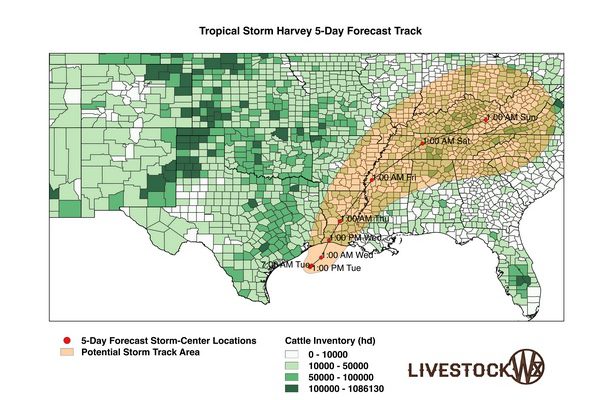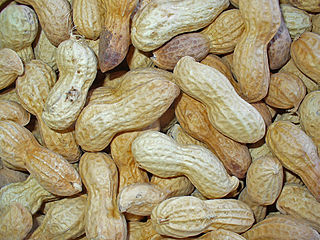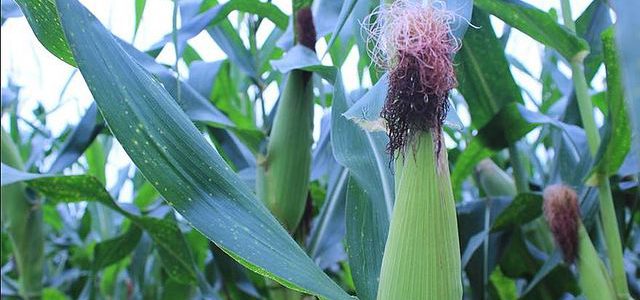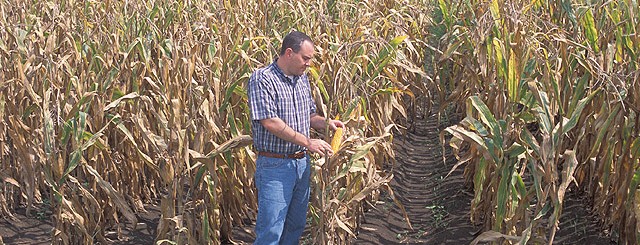Crops
-

Even though the tragedy of Hurricane Harvey is still ongoing and heartbreaking, I did want to share some stories about the impacts of Harvey so far that I have seen in the media. This is not by any means a complete list but just a sampling of the effects the storm has had on farmers.…
-

I’m pleased to present a guest blog post from former NWS hydrologist John Feldt of Blue Water Outlook, discussing the impact of Hurricane Harvey on agriculture across the US. Tomorrow I will look at news reports on impacts of Harvey’s rainfall on agriculture across Texas. Past Rainfall Totals To date, rainfall associated with Harvey has…
-

The National Farmers Union published a short article this week discussing the impact of changes in climate on farmers and describing how farmers may be able to take advantage of new markets like those for environmental services or carbon credits. They also emphasize that many of the practices that benefit the environment also benefits the…
-

Nearly ideal weather this year as well as a large initial planting of peanuts has led to excellent production of the valuable crop this year in Georgia. Ample rain has produced good yields even on non-irrigated fields. You can read more about it from WMAZ13 at https://www.13wmaz.com/news/local/georgia-farmers-expect-larger-peanut-crop/468262826.
-

This year the Southeast is in good shape, with no drought in the state. But many areas in the Corn Belt are having problems with moisture this year. Corn grown under those conditions can accumulate high levels of nitrates, which are harmful for animals that eat it. Growing Georgia published an article last week which…
-

Did you know that there is a working tea plantation in the Southeast US in addition to several research plots? The Charleston Tea Plantation is located about 20 miles south of Charleston on Wadmalaw Island. According to the Atlas Obscura web site, “visitors can walk through the factory and board a trolley to listen to a guide while seeing…
Posted in: Crops -

Clint Thompson of the University of Georgia pointed out in a recent article in Growing Georgia that irrigated corn has done less well this year in terms of expected yield than dryland corn. The combination of conditions that may be too wet for corn coupled with the lack of sunlight due to the cloud and…